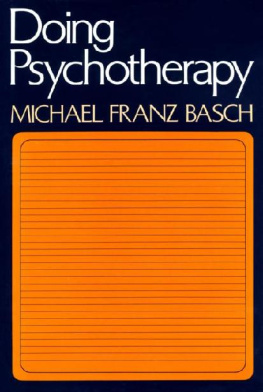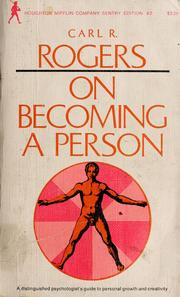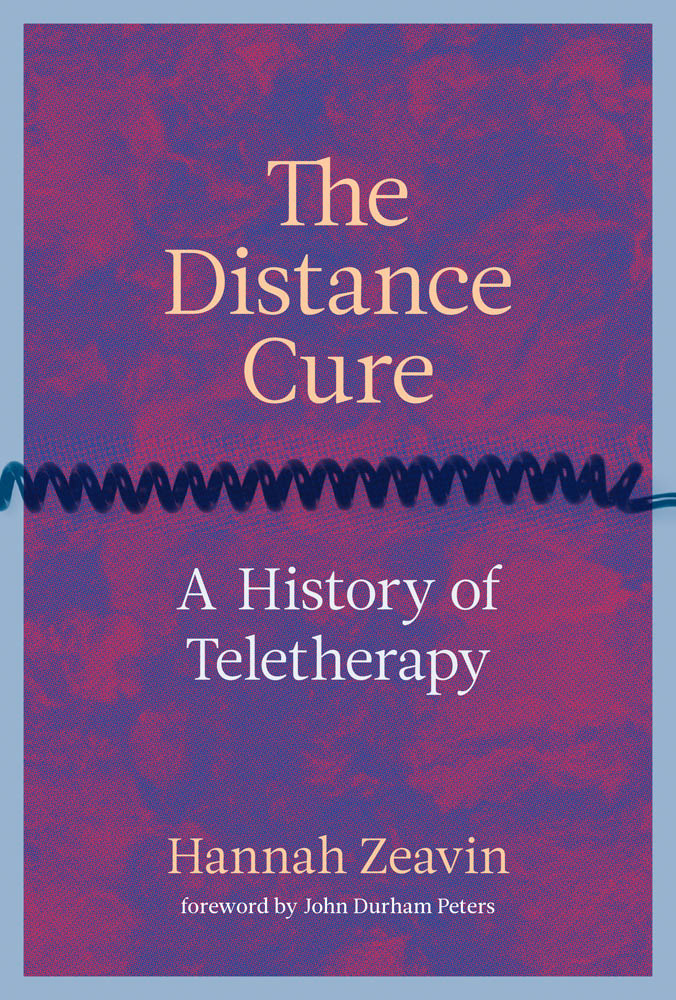All rights reserved. No part of this book may be reproduced in any form by any electronic or mechanical means (including photocopying, recording, or information storage and retrieval) without permission in writing from the publisher.
The MIT Press would like to thank the anonymous peer reviewers who provided comments on drafts of this book. The generous work of academic experts is essential for establishing the authority and quality of our publications. We acknowledge with gratitude the contributions of these otherwise uncredited readers.
Names: Zeavin, Hannah, author.
Title: The distance cure : a history of teletherapy / Hannah Zeavin ; foreword by John Durham Peters.
Description: Cambridge, Massachusetts : The MIT Press, [2021] | Includes bibliographical references and index.
Subjects: MESH: Distance Counseling--history | Psychotherapy--history | Professional-Patient Relations
Foreword
How strange that Sigmund Freud seems to have sometimes wishfully pictured the encounter between analyst and analysand as direct and immediate (i.e., without media)!
Hannah Zeavin is not having it. Therapy, she brilliantly shows, is always a constellation of at least the therapist, the patient, and some mediating link; it is thus prone to interruption or expansion by third parties. The practice of therapy receives here a much-needed excavation of its own mediatic unconscious, one that goes beyond the oft-noted hieroglyphic, postal, and archaeological metaphors that abound in Freuds texts. Psychoanalysis and the many varieties of therapy that have cropped up since turn out in Zeavins groundbreaking analysis to be lessons in the many forms that mediation can take. Freud himself hovered between telepathy and broadcasting as visions of the therapeutic encounter; Zeavin discerningly notes psychoanalysiss tense and envious relationship to media (indeed, like its relationship to many things).
Therapy, whatever its school or approach, was always to some degree teletherapy, the crossing of distances. In an observation that deserves engraving in stone, Zeavin reminds us that distance is not the opposite of presence; absence is. Presence may occur at any distance, and media pop up not only where the distances are great: nothing is more media-rich than two people talking to each other. In another granite-ready observation, Zeavin notes that all therapies are rife with medium-specific contradictions. The media whose previously untold therapeutic histories she tells such as telephone, radio, tape, and screen only reveal and complicate structures already there in the face to face. This is especially so in a context framed by money, the clock, and the clinic, as psychotherapy classically is.
Twentieth-century teletherapy, we learn, is one long experiment with mediated variations of the dyadic frame. (I first mistyped teletherapathy, which might work as well!) Therapists, trying out media that span gulfs of space and time between people, richly employed their already highly developed symptom-reading skills, briefly becoming, perhaps in spite of themselves, media theoriststhus yielding a fresh archive of implicit media analysis, wonderfully curated by Zeavin. D. W. Winnicott experimented with radio as a means of batch-processing therapy for adults and children in Britain during and after World War II. Telephone suicide-prevention techniques were first pioneered as Christian pastoral outreach, a fact I wish I had known years ago when I was writing about Paul of Tarsuss media imagination of the church as an ekklsia, literally, as a virtual assembly called out from the world. Online therapeutic chat takes us back to the self-fashioning of diary keeping, routing a written encounter with the self through a nonhuman other, whether paper or pixels. Auto-intimacy, audio-intimacy, auto-mation, other-intimacy: Zeavin shows us the rich tangle of the ways that people come to themselves by means of media, including human therapists. The history of therapy, once more, is also a history of media.
I do not want to dwell on the present in a work that will far outlast it, but I couldnt help but read this book partly as a genealogy of our Zoom-saturated moment. (In a few years, nobody may even know what Zoom is. What a lovely thought!) In the past six months I can count on two hands the number of face-to-face interactions I have had with people besides members of my immediate family. Never was the truth that the face to face is always mediated so perversely evidenced. Zooms media particularities morph our mutual modes of appearance again: we show our faces and hide everything else; in public we mask our faces and show our bodies. (When was the last time any of us wore fancy shoes or uncomfortable trousers?) I know my new students as headshots in landscape format: I have no idea of their faces in profile or their stance, height, or gait. Platos pedagogical dream was of mutual lovers of truth pulled to learn by the beauty of their bodies. Zoom fulfills half of his dreamthe part about bodies not touchingbut wrecks the other half, of actually seeing them. (That could also be a good thing.)
I recently broke my long self-imposed quarantine and six-foot shield from all other peoplefor the sake of therapy. Driven to frustration by back spasms, I finally went to see my physical therapist. She practiced laying on of hands on my back, diagnosed the trouble, and sent me home with new exercises. It helpeda lot: I can now sit long enough to write this foreword. The visit was mediated by many things, including the clock and clinic, and ended promptly after half an hour. But it was also glorious. A tele-visit wouldnt have done it. Maybe physical therapy is different, but maybe there is also some strange truth here about the peculiar intensity of the medium of the body for any kind of healing or discovery. And maybe there is also a lesson about the relation of mind and body: there is no mind without body, but the body follows mind through all the media through which it goes. Therapy at a distance is one more way our mind-body ensembles have expanded.
Hannah Zeavin has made us all smarter in thinking about some urgent and fascinating questions.
John Durham Peters
New Haven, Connecticut
September 21, 2020
Acknowledgments
I am deeply grateful to Gita Devi Manaktala and to the MIT Press for believing in this project. Thank you to everyone who had a hand in the making of this book, especially Erika Barrios, Jason Begy, Alison Britton, Mara Isela Garcia, Gregory Hyman, Jim Mitchell, and Molly Seamans. To three anonymous reviewersthank you for your exquisite attention to the manuscript. Excerpts from this book appeared in American Imago (part of chapter 1) and Slate (part of the coda). I thank my editors there, Louis Rose and Susan Matthews, respectively. Parts of this project have been presented in various iterations at the Japanese Society of Transcultural Psychiatry, the American Psychoanalytic Association, New York University Center for the Humanities, the Department of Media, Culture, and Communication at New York University, Johns Hopkins School of Medicine, the Richardson History of Psychiatry Seminar at Weill Cornell Medical Center, and Sound Signatures Winter School at the University of Amsterdammany thanks to the organizers of these events and to the audiences there.









